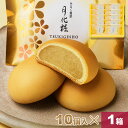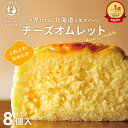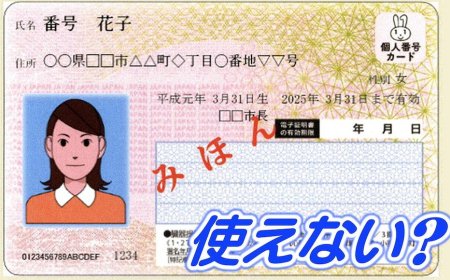Learn how the Japanese keep warm in winter
In winter, wearing thick and warm clothes must be something that everyone can easily think of.

The most important rule: Keep your head and neck warm
In winter, wearing thick and warm clothes must be something that everyone can easily think of. However, if you only focus on keeping organs warm such as arms, legs, chest or back, but forget the two most important areas, the head and neck, you are making a serious mistake.
The head and neck are both organs with a lot of blood vessels, especially the neck is also the only way to transport oxygen to the whole body. A cold head will make the whole body cold, not to mention long-term headaches can lead to chronic diseases.
Keep warm from the inside to promote health and longevity
The Japanese are very important to warm the body from the inside. One of the most typical methods is soaking in hot water. This method not only effectively warms but also helps regulate the circulation of blood vessels, making the skin ruddy, healthy, mentally relaxed, so sleep better.
In addition to bathing, the Japanese also prefer acupressure methods, especially acupressure points on the hands or feet in hot water before sleeping to stimulate the circulation of blood vessels, helping to stabilize the body's internal temperature. and long life.
Keep your body warm with utility products
Heating Table (Kotatsu)
Heater
Humidifier
Electric heating mats or blankets
Small Blanket (Hizakake)
Window coverings, insulation film
Heattech clothing
Stickers Thermostats
Thick tights
Food is the "savior" in winter
Some vegetables that help strengthen resistance such as white radish, carrot, and pumpkin are very popular in winter. Some dishes using these ingredients such as hot pot, Oden (a type of Japanese stew) have become indispensable characters on the table of Japanese families in winter. Nabe – their hot pot usually consists of various ingredients such as meat, fish, vegetables, etc. cook in thick-bottomed ceramic pots.
-------------------
Injavi.com - Visit Japan | Visit in Japan
Guide to living, studying and working in Japan
Related Products









































































































